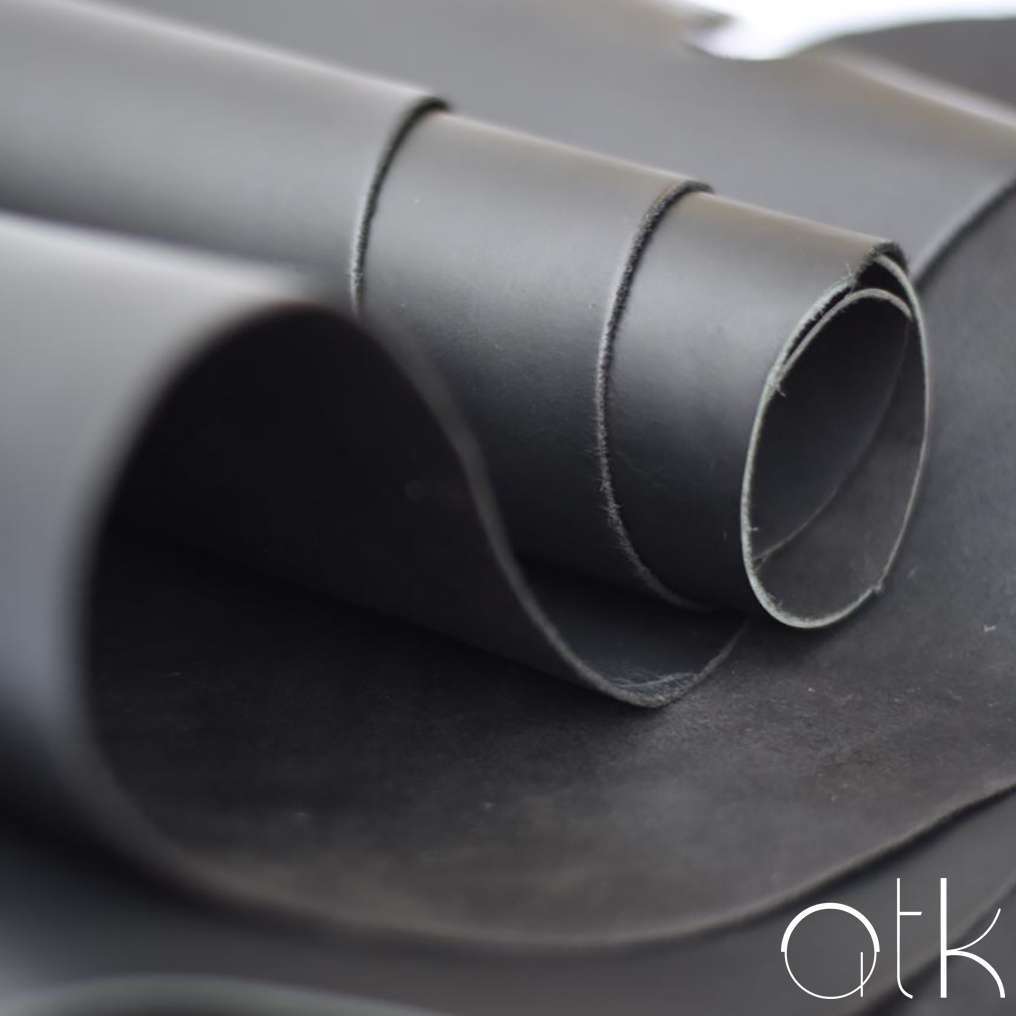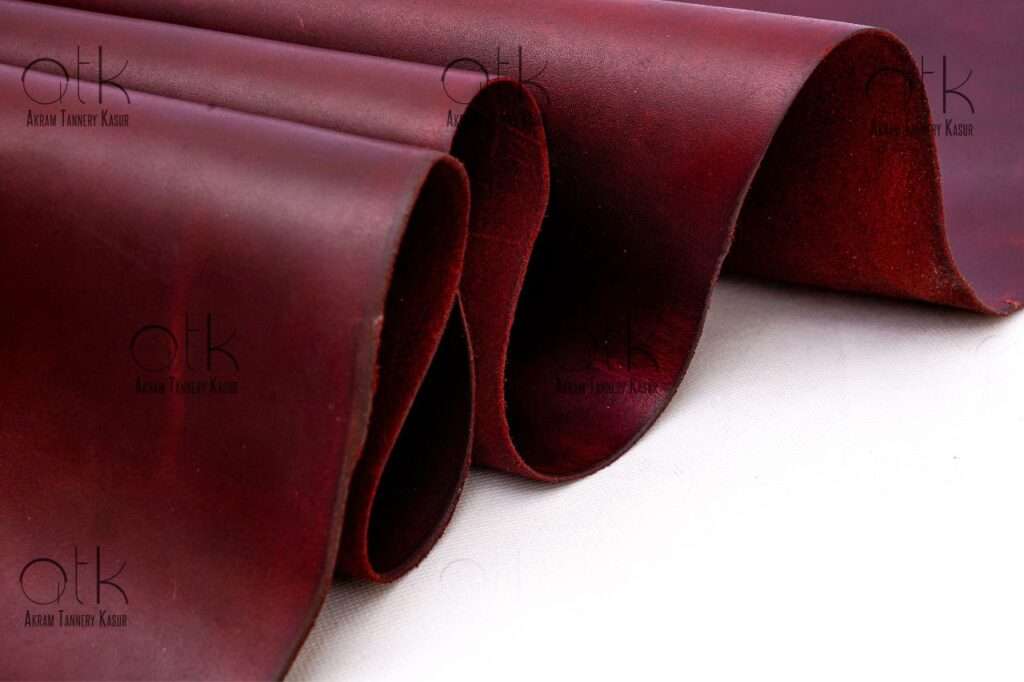When it comes to automotive interiors, leather seats are a standout choice for car enthusiasts and luxury lovers alike. Leather not only elevates the aesthetic appeal of your car but also provides comfort and long-lasting wear. However, not all leather is created equal—various types of leather are suited for different functions within a vehicle’s interior. From leather for car seats to leather for automotive applications and car interiors, each type has its benefits and best use cases. Akram Tannery supplies a variety of leather types specifically designed for car and automotive applications, ensuring both aesthetic appeal and durability for automotive interiors. In this guide, we’ll explore the factors that make leather a preferred choice for automotive use, what to consider when selecting the best leather for car seats, and the popular leather types available.
Why Choose Real Leather for Automotive Applications?
Opting for genuine leather in your vehicle provides numerous benefits that appeal to both practical and aesthetic senses. Real leather has natural strength, which makes it highly resistant to wear, and can last significantly longer than synthetic materials. Unlike faux leather, real leather is breathable, meaning it doesn’t trap heat, which can make car seats uncomfortable. This makes genuine leather an ideal choice for regions with hot or fluctuating climates. Additionally, authentic leather develops a distinctive look over time, lending your car a unique style.
Leather also absorbs natural oils from contact, which helps retain its softness and prevents it from cracking. This “aging” process actually enhances the material’s appearance, unlike synthetic options, which may start peeling or cracking with regular use. From a resale perspective, leather seats add considerable value to your car, making it more appealing to future buyers. For those who prioritize comfort, style, and longevity, leather for car seats is an ideal choice.
How to Select the Best Leather for Car Seats Upholstery
Selecting the best leather for car seats is crucial for achieving the right balance between aesthetics, comfort, and durability. Here are some key factors to consider when choosing the best leather for automotive seats:
- Intended Use: Consider where and how the car will be used. For instance, high-traffic vehicles like family cars may need tougher leather that can withstand spills, scratches, and wear.
- Climate Conditions: Different leathers react differently to climate changes. In extremely hot or cold areas, choosing leather that is temperature resistant can prevent discomfort for passengers.
- Style Preferences: Leather comes in a range of finishes, colors, and textures. Choose a leather that complements the interior design of your vehicle and aligns with your personal style.
- Ease of Maintenance: Some types of leather are easier to clean than others. Finished leather, for instance, tends to repel spills better, making it suitable for families with young children or pets.
- Budget: The cost of leather varies significantly based on quality and type. Consider the longevity and the value it adds to your vehicle before making a decision.
By considering these factors, you can select the most appropriate leather type that will perform well and last in your specific driving environment.
Popular Applications of Leather for Car Interiors
Leather is versatile and is used for more than just car seats. Here are a few popular applications of leather for car interiors:
- Seats: Leather car seats are durable, luxurious, and comfortable, making them the most popular choice for those who spend a lot of time on the road.
- Steering Wheel: A leather-wrapped steering wheel enhances grip and adds to the premium feel of the vehicle.
- Door Panels: Adding leather to door panels gives a cohesive look to the car’s interior while also being easy to clean.
- Dashboard: Leather can be used to add a high-end finish to dashboards, adding warmth and elegance to the overall look.
Best Leather Material Types
When it comes to selecting the best leather for automotive seats and interiors, certain types stand out as particularly well-suited for the job. Each type has unique characteristics that make it ideal for specific automotive applications. Here’s a look at the most popular types:
Nubuck Leather
Nubuck leather is known for its soft, velvety surface. It’s crafted by sanding or buffing the outer layer of the hide, giving it a unique texture. For car seats, genuine nubuck leather offers a luxurious touch and an upscale look that appeals to those who value sophistication. While nubuck leather can be more sensitive to stains, it’s an excellent choice for those willing to invest in maintenance. Regular cleaning and conditioning will keep nubuck leather looking refined and fresh, making it perfect for high-end vehicles or show cars.

Finished Leather
Finished leather is treated to be stain-resistant and moisture-proof, which makes it highly suitable for automotive applications. The protective coating on finished leather prevents spills and dirt from soaking in, making it easier to clean. This type of leather is durable and less prone to fading, ideal for family cars or vehicles used daily. High Quality Finished leather is available in various colors and textures, allowing car owners to choose an option that best suits their interior style while enjoying low-maintenance durability.

Vegetable-Tanned Leather
Vegetable-tanned leather is crafted using natural tannins found in plant matter, giving it a more eco-friendly appeal. Known for its rich and natural color, vegetable tanned leather ages beautifully, developing a unique patina over time. While it may require more care, this leather type is ideal for car owners looking for an environmentally friendly option with a classic aesthetic. It offers a blend of sophistication and earthiness, fitting well with vintage cars or luxury interiors that appreciate an artisanal touch.

Pull-Up Leather
Pull-up leather is a type of aniline leather that’s treated with oils or waxes, resulting in a material that becomes lighter in color when stretched or pulled. This leather type is popular for its rugged, distressed look, making it a great choice for car interiors with a rustic or retro theme. Its water-resistant finish provides some level of protection against spills, and it’s resilient to wear, giving it a long lifespan. Pull-up leather ages beautifully, with color variations that add character over time, making it an appealing option for those who appreciate a dynamic, evolving look in their car interior.

Final Thoughts
Choosing the right leather for car seats and interiors adds more than just visual appeal—it contributes to the comfort, durability, and value of your vehicle. Each leather type offers distinct benefits, whether it’s the luxurious feel of nubuck, the low-maintenance durability of finished leather, the eco-friendly appeal of vegetable-tanned leather, or the rustic charm of pull-up leather. Assessing your needs, including factors like climate, maintenance preferences, and budget, can help you make an informed choice that aligns with your lifestyle and driving habits.
Investing in quality automotive leather provides long-lasting satisfaction, as it not only withstands regular use but also enhances your vehicle’s overall experience. By selecting a leather type that matches your car’s purpose and design, you can ensure your interior remains both stylish and functional. Whatever your preference, high-quality leather offers a timeless and reliable choice, elevating the look and feel of your car for years to come.
